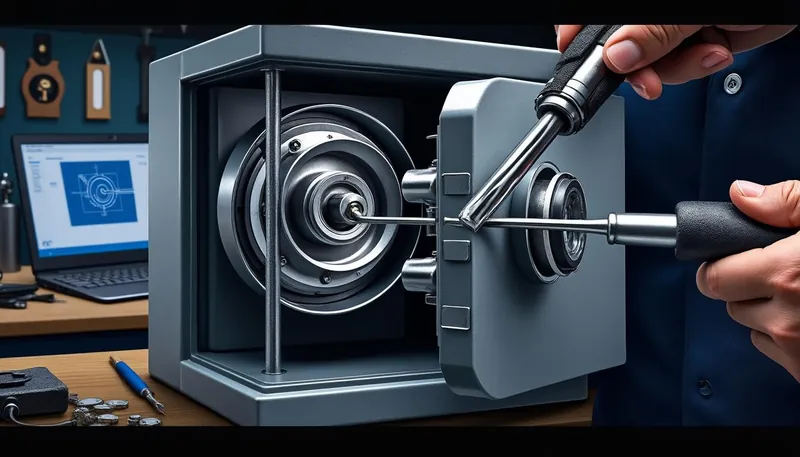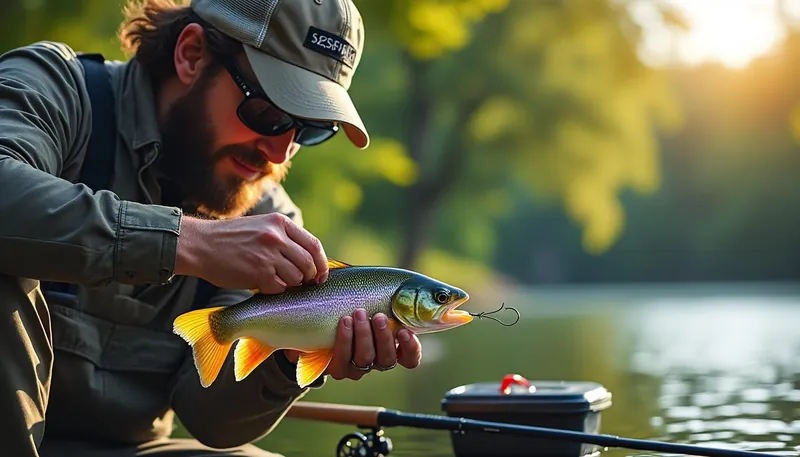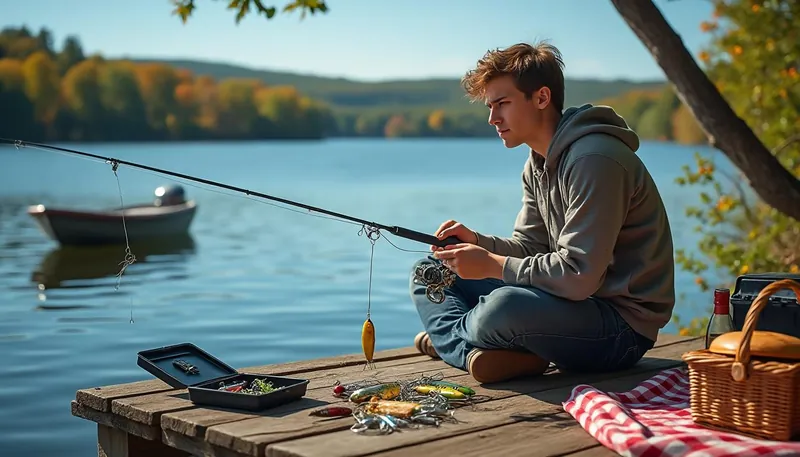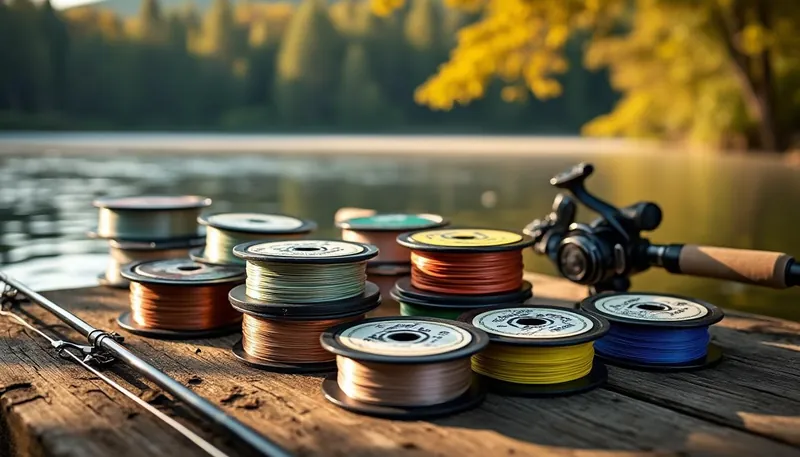Every fishing enthusiast knows that the thrill of casting a line comes with some inherent risks. One of the most common hazards that anglers face is getting a fish hook lodged in their skin. It’s not just a slight sting; it can lead to serious injuries if not treated properly. Did you know that over 25,000 fishing-related injuries land people in emergency rooms in the U.S. each year? That’s a staggering number that highlights the necessity for every angler to master safe hook removal techniques. This guide will explore various methods to ensure safe removal, essential tips for prevention, and what gear to have on hand for emergencies. Trust me, this will prepare you for any unexpected mishaps while fishing!
By learning to effectively remove hooks, you can maintain a safe fishing experience. Gear brands such as Rapala, Berkley, and Mustad offer reliable tools that can assist in these situations. Whether you’re a seasoned angler or a beginner, this guide will furnish you with the knowledge you need to handle fish hook injuries responsibly. So let’s dive into the essentials!
Understanding the Basics of Hook Types and Injuries
When it comes to fish hooks, there are various types, and each one brings its peculiarities regarding removal techniques. Recognizing the differences can inform how you approach an injury. The most common types include:
- ⚓ Single Hooks: The most basic and widely used hook type.
- ⚓ Treble Hooks: These consist of three hooks and pose a higher risk of multiple injuries.
- ⚓ Circle Hooks: Designed to hook fish in the mouth’s corner, making them easier to remove.
Understanding these types allows you to choose the right method for removal based on the specific hook involved. If you find yourself with a hook stuck in you, knowing what type you’re dealing with can greatly affect your course of action.
Common Injuries from Fish Hooks
Despite being just a small piece of metal, fish hooks can inflict varying degrees of injuries. Here are some common types:
| Injury Type | Description |
|---|---|
| 🔍 Superficial Punctures | These are minor injuries that may heal quickly with proper care. |
| 🩹 Deeper Punctures | Require careful treatment, especially if the barb is embedded. |
| ⚠️ Wounds Near Sensitive Areas | Injuries near the eyes or fingers need precision in removal due to the heightened risk. |
Being aware of the type of injury can help you determine whether to perform a home remedy or seek medical help. Keeping in mind the anatomy of a fish hook can help alleviate anxiety if an injury occurs. Generally, it consists of an eye, a shank, a bend, a point, and the barb. Each component can impact the removal process. In sum, know your hooks, know your injuries, and you’re already a step ahead.

How to Remove a Fish Hook Safely: Step-by-Step Guide
Let’s break down some of the best methods for safely removing a fish hook if you find yourself in that unfortunate situation. Equipped with the right knowledge, you can handle it like a pro!
Method 1: The String Method
This method is effective when a hook is lodged below the skin. Here’s how to do it:
- 🧰 Gather Your Supplies: Get a strong piece of string or a fishing line. A durable material will work best.
- 📍 Position the Hook: Ensure the entry point and hook eye are visible. Apply pressure on the eye to prevent embedding it further.
- 🔗 Secure the String: Loop the string around the hook’s bend and hold it firmly.
- 🚀 Pull Quickly: With the hook eye pressed down, pull on the string swiftly. The hook will ideally follow its entry path.
- 🧼 Clean the Wound: After removal, clean the area with antiseptic and cover with a sterile bandage.
This technique is often recommended because it minimizes pain and ensures a quick extraction. If you find yourself in a complex situation with a deeply embedded hook, you can try another method.
Method 2: The Push-and-Pull Method
This method is suitable for smaller hooks but requires caution:
- 🏞️ Find a Firm Surface: Stand against a solid object for stabilization.
- ➡️ Push the Hook Through: Gently push the hook the rest of the way through the skin until the barb is visible.
- ✂️ Snip the Barb: Use wire cutters to cut the barb off, making it easier for the hook to come out.
- 🏁 Pull the Hook Out: Carefully extract the hook via the original entry point.
Note, this method should never be attempted near sensitive areas. Always seek medical help if the hook is deeply embedded or in a critical area.
Method 3: Seeking Professional Help
If the injury seems too complex or frightening, don’t hesitate to reach out for help:
- 👫 Ask a Buddy: If you’re fishing with friends, don’t hesitate to seek their assistance. Sometimes a steadier hand makes all the difference.
- 🏥 Medical Professionals: Absolutely visit a doctor for anything deeply embedded, especially if it’s near sensitive parts.
Remember, it’s better to be safe than sorry! When in doubt, professional tools and experience outweigh any DIY approach.
Tips for Preventing Hook Injuries
Prevention is far better than dealing with a potential injury, right? Here are a few proactive steps every angler can take:
Wear Appropriate Clothing and Gear
- 👕 Long Sleeves: Wear them to cover your skin, especially in dense vegetation or when using treble hooks.
- 👟 Footwear: Sturdy shoes reduce foot injuries when creasing rocky areas near water.
Practice Safe Casting Techniques
Being aware of your surroundings is pivotal:
- 📏 Maintain Distance: Always be mindful of others around you.
- 🌀 Controlled Flinging: Use controlled motions to avoid any accidental backcasts.
Know Your Gear
Using the right tools makes all the difference:
- 🧰 Safety Tools: Keep fishing pliers and a first-aid kit at the ready.
- 🔍 Educate Yourself: Knowing techniques makes everyone safer.
Fishing can be remarkably fun, but being responsible about safety ensures your adventures are memorable for all the right reasons!
| Prevention Tips | Advantages |
|---|---|
| Wearing Protective Gear | ✅ Reduces skin exposure to hooks |
| Safe Casting Practices | ✅ Minimizes accidents with fellow anglers |
| Use of Barbless Hooks | ✅ Easier removal when accidents happen |
Essential Gear to Keep in Your Fishing Kit
Having the right gear on hand for emergencies can significantly ease the stress of handling a hook injury.
- 🦺 First Aid Kit: Make sure it includes antiseptic wipes, gauze, and adhesive bandages.
- 🔧 Hook Remover Tools: Devices designed specifically for hook removal can simplify the process.
- ✂️ Wire Cutters: Useful when dealing with deeply embedded hooks.
- 🔌 Fishing Pliers: Multi-tools like those from Gerber or Cuda can assist with unhooking.
To make the most of your fishing experience, don’t overlook the essentials! Investing in gear from brands like Piscifun and Berkley can enhance your safety during these unexpected situations.
What should I do if the hook is embedded near a sensitive area?
If the hook is lodged near sensitive areas, such as the eyes or genitals, it’s crucial to seek immediate medical attention rather than attempting to remove it yourself.
Can I remove a hook by pushing it through the skin?
Yes, but this method should only be used for smaller hooks and in less sensitive areas. It involves pushing the hook through until the barb is visible and then cutting it off before pulling it out.
Are there specialized tools for hook removal?
Yes, several specialized tools are designed to safely remove hooks, including hook removers and long-nose pliers that can navigate tight spaces.
What first aid supplies should I carry while fishing?
Essential supplies include antiseptic wipes, sterile bandages, gauze, adhesive tape, and if possible, a medical kit designed for outdoor activities.
How can I ensure I don’t get hooked while fishing?
Maintain a safe distance from others when casting, wear protective clothing, and ensure you have the right tools on hand. Education and practice also play a crucial role in preventing accidents.


